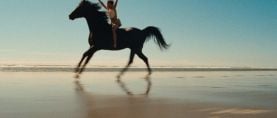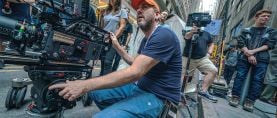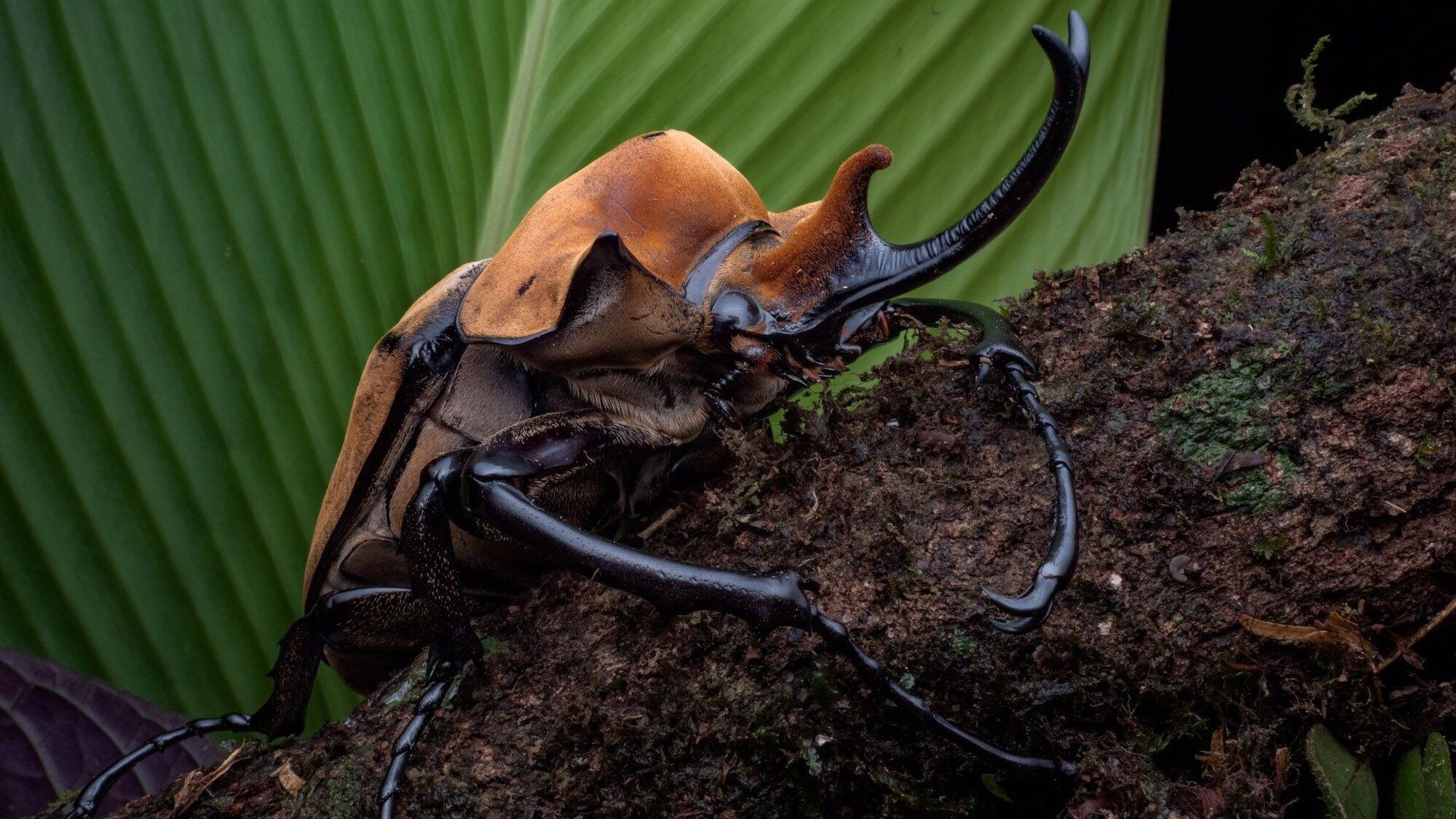
Weird and Fascinating: Filming A Real Bug’s Life
Macrophotography offers a new perspective on some very tiny yet very relatable creatures.
Capturing the activity of some of nature’s smallest creatures on camera takes patience, an arsenal of specialized equipment and a lot of light.
In the five-part National Geographic / Disney+ docuseries A Real Bug’s Life, viewers are invited to get up close and personal with a variety of interesting insects in their natural and not-so-natural environments. From New York City to the African savanna to Aardman Studios in Bristol, jumping spiders, leafcutter ants, bumble bees, doodlebugs and dung beetles all struggle for survival on a scale that makes them nearly invisible to the naked eye.
Twenty-two cinematographers took part in the filming, using drone, motion control and time-lapse photography in both the studio and on location. One of them is U.K.-based wildlife photographer Nathan Small, whose work can be seen in the episodes “The Big City” and “The Busy Farm," alongside that of Rob Hollingworth and Simon De Glanville. (U.S.-based wildlife cinematographer Alex Jones contributed to the episodes "Braving the Backyard" and "Welcome to the Jungle.")
After spending several years as a photographer in the fashion and advertising world, Small started looking for a more meaningful way to make his living. “I’ve always loved nature documentaries, like the David Attenborough BBC Trials of Life stuff,” he says. He was accepted to the Directing and Producing Science and Natural History MA program at the U.K.’s National Film and Television School, where he was mentored by Steven Nicholls, whose credits include films for the BBC, Smithsonian, and National Geographic. Small’s first job out of school was Apple TV’s Tiny World.
“The thing I like about filming bugs is that it’s very accessible. You can do amazing things with very little.”
— cinematographer Nathan Small
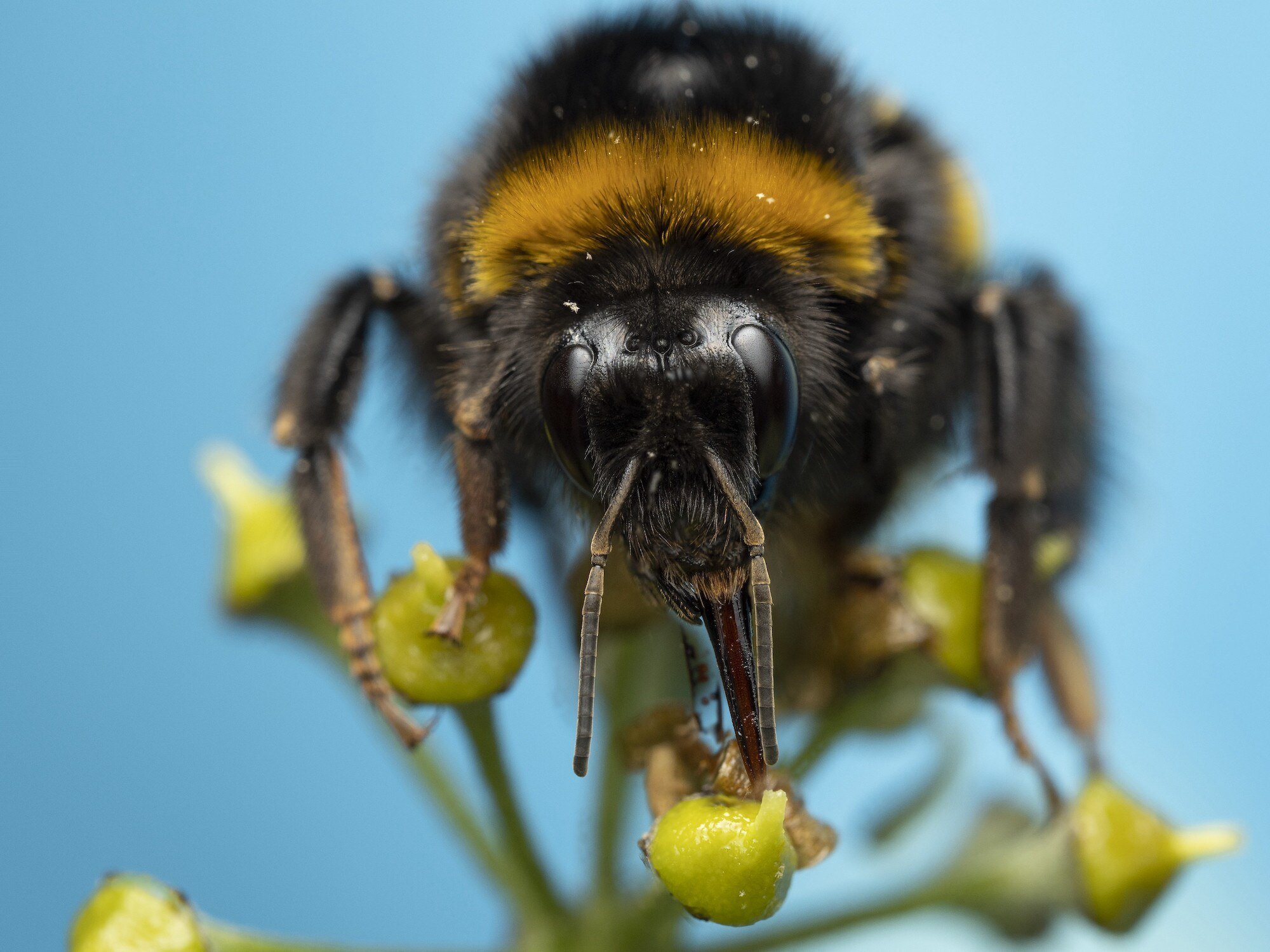
“The thing I like about filming bugs is that it’s very accessible. You can do amazing things with very little,” he explains. “Your set only needs to be the size of a table, where the comparison on a human scale would be would be gigantic.
“It’s also a different mindset in terms of the approach, because on a big advertising shoot, it’s very busy and you’re running around like a madman, whereas my job now is a lot of sitting and waiting. There’s no stress. We didn’t get the shot today? That’s fine. We’ll come back tomorrow. You need to be a calmer, more meditative person, which is what I needed.”
According to Small, a standard approach in nature documentation is to introduce an animal, then reveal that it can do something amazing or unexpected. “Looking at tiny things, even your everyday housefly, in high detail is itself a revelation,” he says. “It’s all so alien and weird.”
Capturing this high detail requires special tools, starting with lenses, including a 100mm Laowa Macro Probe, 24mm PeriProbe, and a 16:1 InfiniProbe TS-160 made by Infinity Photo-Optical Company. Prime lenses included a Laowa 15mm, a Zeiss Jena II 28mm and a Contax Zeiss 50mm. “The 28mm with an extension tube looks amazing, and really cartoony, which worked great for the series,” says Small.
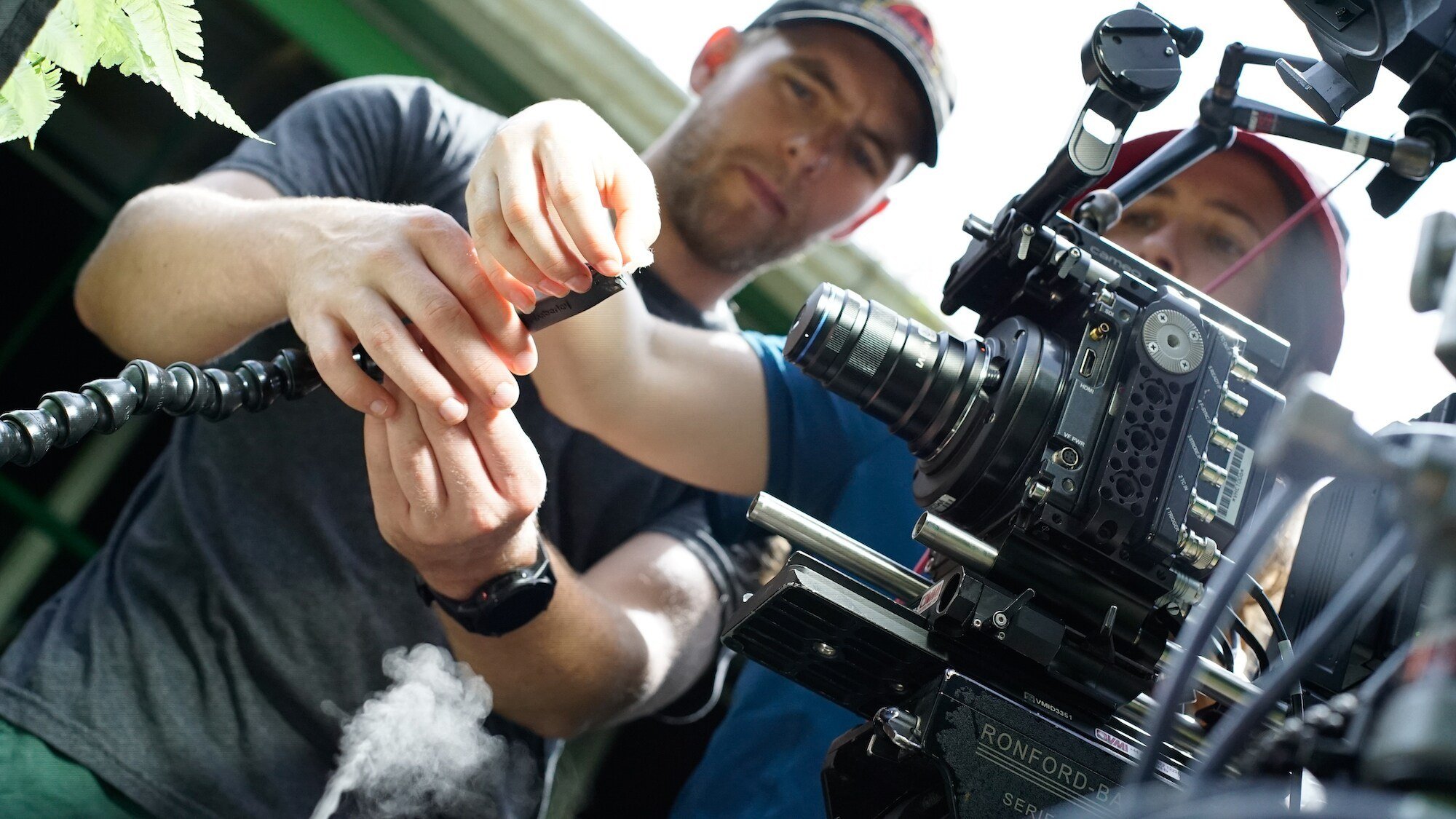
Red Gemini 5K, Sony Venice 8.1K, and a Phantom VEO4K cameras were used for most of the image capture, taking advantage of the Red and Sony cameras’ high-ISO capabilities to work at stops close to f/16 at up to 50:1 magnification where intricate details — such as the individual scales on a butterfly's wings — are clearly seen.
“When you’re so close to things, the depth of field is just absolutely tiny, and when there’s so much detail to look at, no one wants to see a sliver of something that's in focus and then a smushy screen for the rest of it,” says Small. “When I was photographing people, I was shooting wide open most of the time for the opposite reason.”
In some cases, the appearance of deep focus is created with software programs like Zerene Stacker, which automates the process of capturing images at different focus points — where the camera moves incrementally through the plane of focus, capturing images at each step — by merging them to create a composite with everything in focus.
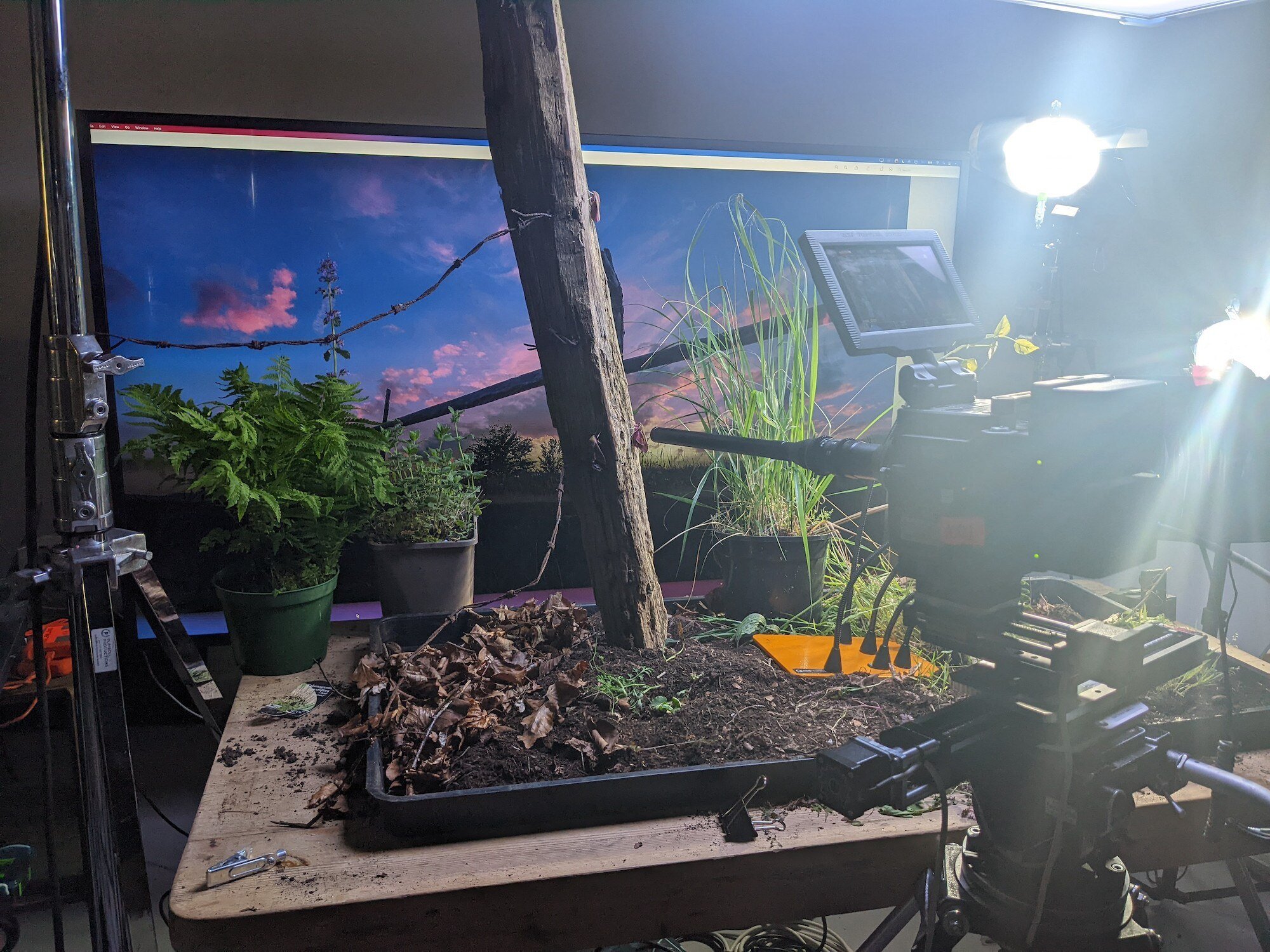
When filming extremely small subjects, even the slightest camera movement becomes magnified and that can ruin the shot, Small remarks. Minute shifts that are barely noticeable to the naked eye turn into significant disturbances at high magnifications. To address this challenge, he needed to find a way to move the camera without introducing vibrations or wobbles.
“That’s where motion control comes in,” Small relates. “A group of us in Bristol now have our own custom-built motion-control rigs. Rob Hollingworth deserves a lot of the credit for the system R&D. Mohan Sandhu builds all sorts of crazy contraptions to make the cameras do cool things and helped me build mine. Chris Watts is our resident tech genius, and Simon De Glanville has been a mentor to me.”
Small's motion control rig is capable of horizontal X-Y axis movement, tilt and full 360-degree rotation, remotely operated with a PlayStation DualShock 4 wireless controller. The system controller was developed by eMotimo.
The VEO4K camera was used for all of the series’ high-speed work, capturing 938 frames per second at maximum resolution, an approach particularly useful for capturing fast-moving subjects such as jumping spiders, acid-spraying bombardier beetles, or any flying creatures.
“If we manage to capture just a second in focus, the VEO still provides us with 20 seconds of usable footage,” says Small.
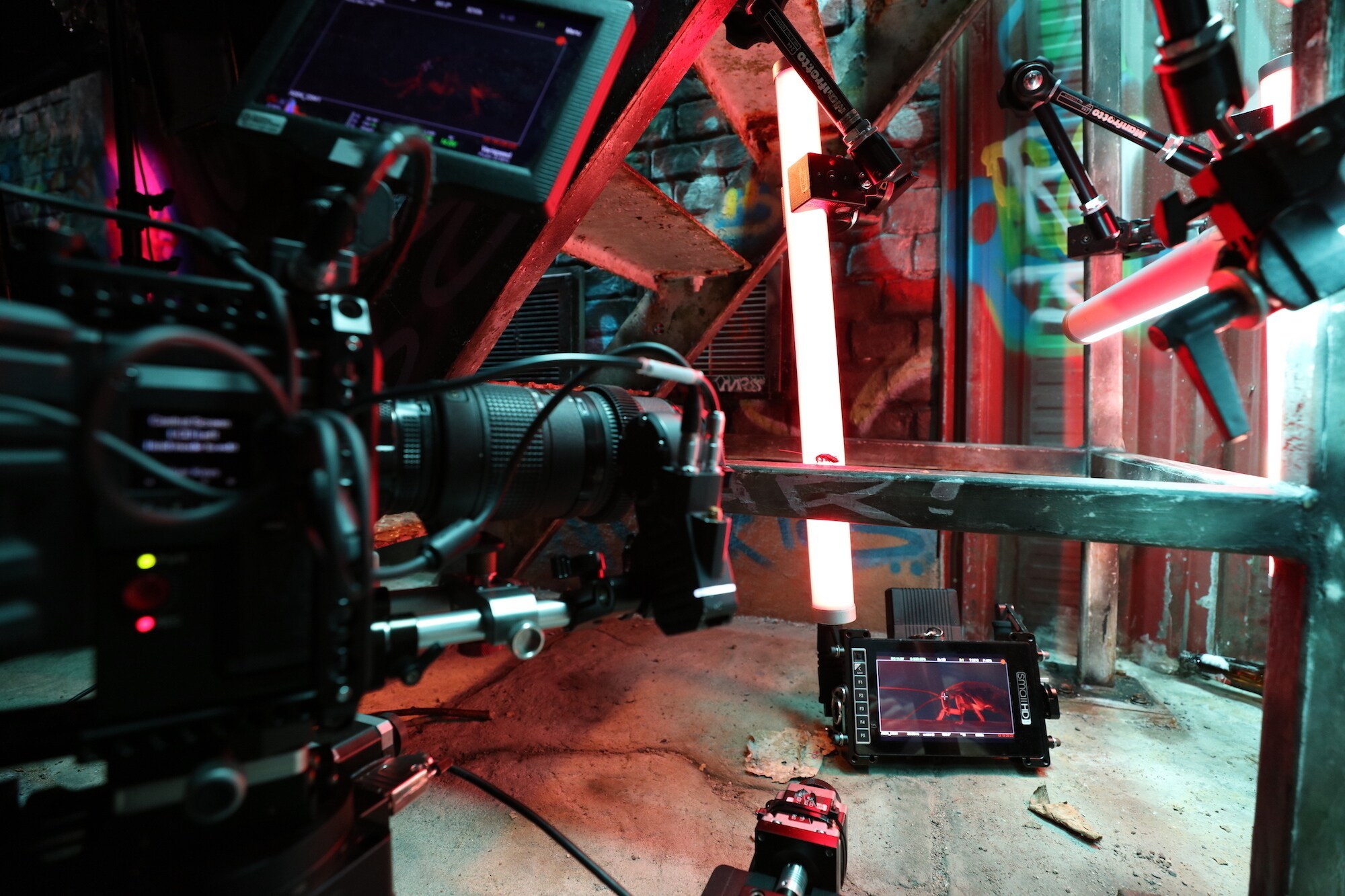
Even at extended ISO settings, macrophotography is a light-hungry pursuit, and shooting at higher frame rates calls for even more illumination. Small prefers lighting with LEDs, citing Aputure products for their reliability, connectivity (using Sidus Link Bridge), quality of light, and the fact that they don’t produce as much heat as traditional tungsten or HMI units, which in the past had accidentally cooked the talent, he reveals.
Small shows a real fondness for his little stars, which wasn’t always the case. “Before, if there was a wasp or something around, I couldn’t stay calm, but now, after spending so much time with insects, handling them has become second nature,” he muses, and hopes that his work will have a similar effect on viewers. “We’re trying to tell stories that people will find relatable. So many people assume that because insects are small, they’re these simple, boring creatures, when actually, they have these absolutely fascinating existences and very complicated lives.”
